
With all of our products and each and every ingredient, we strive to bring you the very best. We look for the purest ingredients out there from sustainable and ethical sources.
Our honey is no different. In fact, it’s one of our most carefully selected ingredients.
We only have one product that contains raw honey – the Coconut Honey Mask. It’s our simplest product, with only four ingredients: coconut oil, raw honey, vanilla, and beeswax.
This article answers two questions that we often get about our honey:
- Where does it come from?
- Why use raw honey in skin care?
We’ll start with where.
Where We Source Our Raw Honey
The raw honey we use comes from Honeyville, a third generation beekeeping company located in Durango, Colorado.
Honeyville has been making honey since the 1920s, when Vernon Culhane brought some honey bees from a nearby hive into his own hive. What started as one man’s Rocky Mountain hobby has grown into the Culhane family business, which now makes some of the tastiest raw honey in the US.
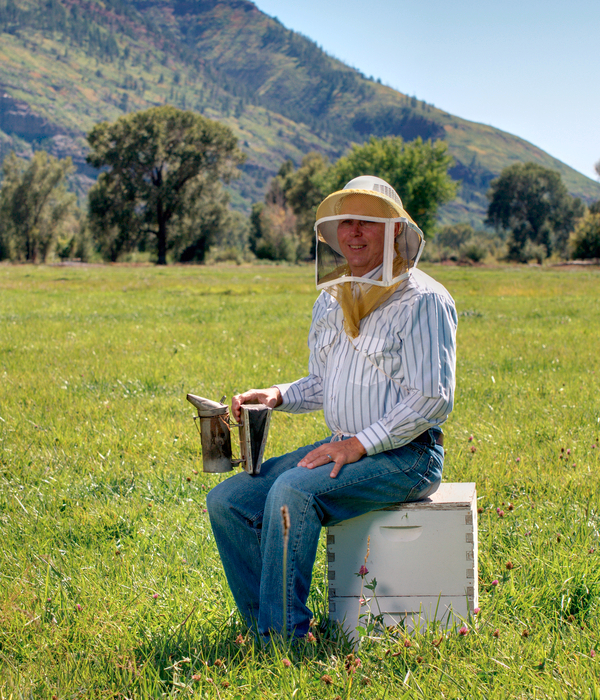
Their practices are sweet, too. They use sustainable hives, all above 6,000 feet in elevation. This elevation has a unique and diverse plant palette. By keeping bees here year round, they help sustain this mountaintop plant population. Further, the air and land here is clean, resulting in happy bees.
Why We Use Raw Honey in Our Products
The FDA doesn’t discern the difference in nutrition between raw honey and processed honey, but we do. Raw honey is exactly what it sounds like: the stuff that bees make. It has traces of pollen, phytonutrients, sticky resins, and good bacterias. It’s also cleansing and a natural humectant. These two properties together help to balance the skin by simultaneously pulling out impurities, drying spots of oily skin and pulling water from the air to hydrate the skin. This makes honey a wonderful topical healer.
There’s more! Raw honey is naturally cleansing. When eaten is can help regulate the body’s blood sugar and cholesterol, boosts immunity, and increases heart health.
This combination of properties that honey offers is nothing short of unique.
The Missing Benefits of Pasteurized Honey
Pasteurized honey has gone through a pretty intense heating and straining process, which kills the helpful bacterias and removes phytonutrients, pollens, and resins. Most processed honeys are adulterated in some way. Many companies add things like high fructose corn syrup and coloring to their honeys to make it look like that golden syrup-y color.
During the process of pasteurization and adulteration, honey loses almost all of its health benefits and, although it’s still marketed as a health food, can actually play a role in some adverse health issues. Because of the missing resins, bacteria, pollens and phytonutrients, even unadulterated pasteurized honey is basically a simple sugar. This can increase cholesterol, adversely affect heart health, and cause imbalances in blood sugar – that list is nothing like the raw honey health benefits, and that scares us a little bit.
If you’re wondering about why people would pasteurize honey when it’s such an amazing health food as is—you’re not alone.
One reason is that the pasteurization process removes residual pollen, making it impossible to test where that honey comes from. This has lead to a surge in cheap honeys that come from places like China, where it is oft-contaminated with sweeteners and antibiotics.
Another reason is that processing the honey gives it the syrup-y consistency and facilitates the addition of artificial ingredients. Companies can still market it as honey while increasing their profit margin. We don’t think this is a good reason to mess with the health of honey-lovers (of course, we don’t think there is ever a good reason to mess with anyone’s health), so we go directly to the Honeyville beekeepers to get the pure stuff made from the love of bees.
If you’re concerned about your brand of honey, a really great way to tell if it’s processed is to drop a tablespoon of your honey into a glass of water. If it’s pure, it will lump up and settle at the bottom of the glass while processed honey will start to dissolve into the water.
You can check out this honey locator to find a beekeeper near you. Buying local means you’re supporting the pollination of plants in your area and getting the best benefits for your body!
Got a favorite honey story? Tell us about it in the comments below!
Honeyville – About
Honey – FAQs
Permaculture News – There Are Shocking Differences Between Raw Honey and the Processed Golden Honey Found in Grocery Retailers
Food Safety News – Tests Show Most Store Honey Isn’t Honey
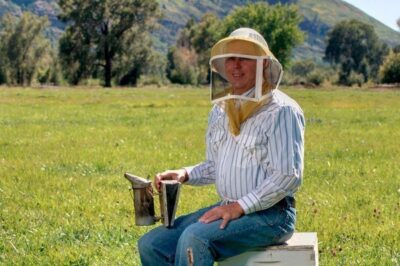

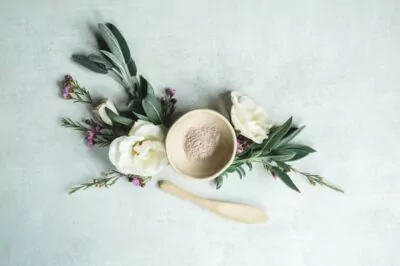
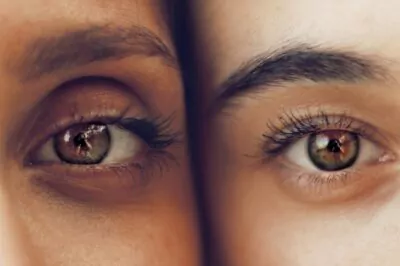
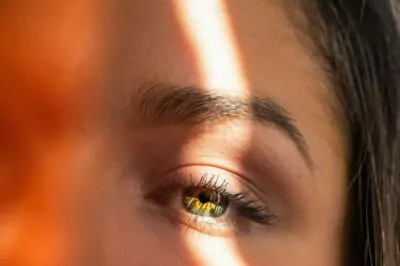
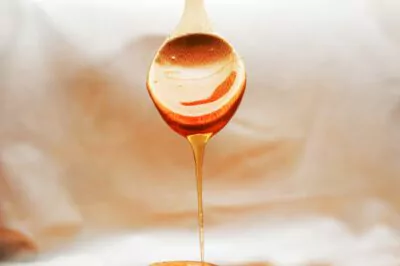

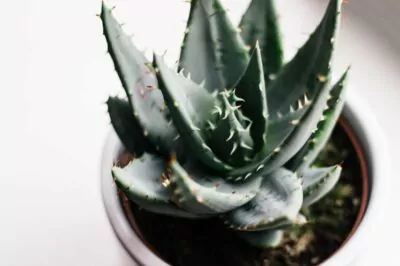
Can mature dry skin use the coconut honey mask every day before the serum or oil?
Hi Kathleen! You should experiment with this. If your skin starts to get oily, cut back on how often you use the Coconut Honey Mask. Every other day might work really well for you.
I had a dog bite on my upper lip that healed beautifully and completely with just honey.